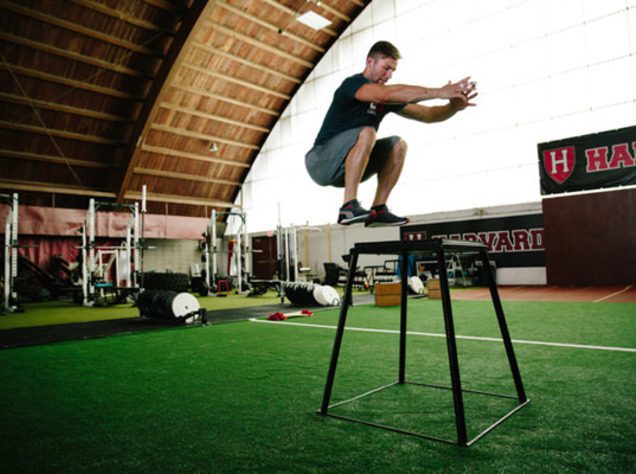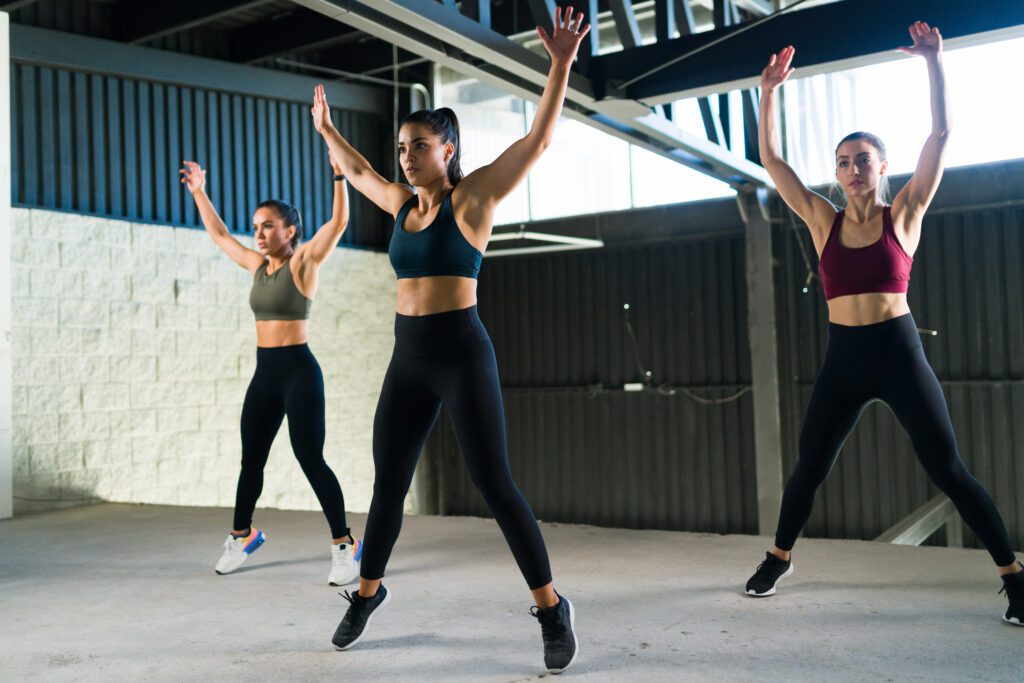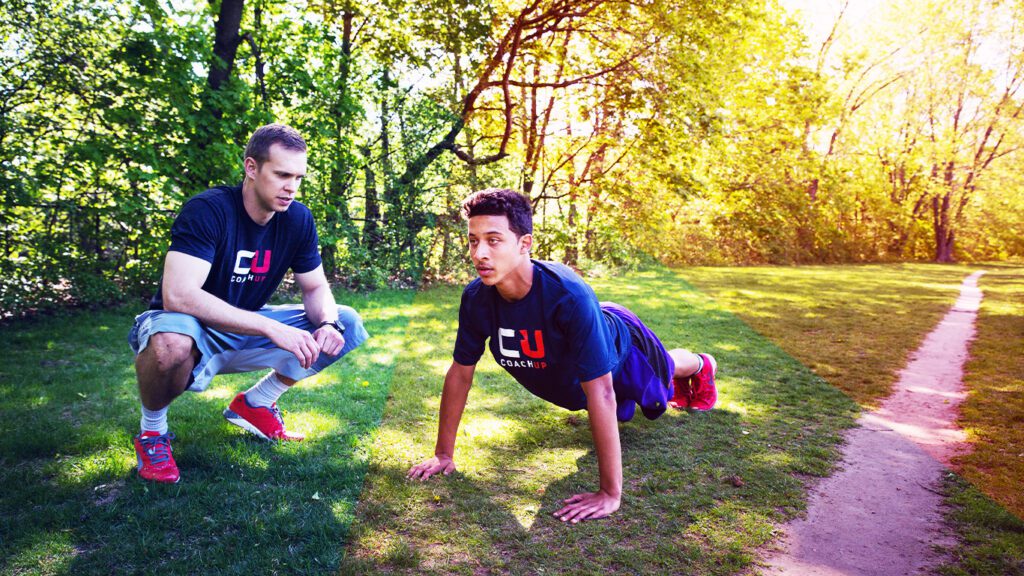
When you think of building strength, your mind probably jumps straight to the weight room. Squats, deadlifts, and bench presses are all great for getting stronger. But when it comes to performing in your sport — jumping higher, sprinting faster, changing direction with control — there’s another kind of training that bridges the gap between strength and athletic movement: plyometrics.
Plyometrics are explosive, jumping-based exercises designed to train your muscles, tendons, and nervous system to generate power quickly. They’re not just about jumping higher — they’re about helping athletes turn strength into functional, sport-specific speed, agility, and resilience.
What Are Plyometrics?
At their core, plyometric exercises train your body to exert maximum force in short bursts of time. Think about a basketball player exploding off the floor for a rebound, or a soccer player making a quick cut to shake a defender. That sudden burst of energy is the product of plyometric power.
Unlike traditional strength training — which builds muscle mass and raw strength, plyometrics focus on improving your body’s stretch-shortening cycle (the way your muscles rapidly contract after being stretched). That’s why these drills often involve jumping, bounding, or throwing, and twisting.
Why Plyometric Training Matters
Plyometrics are more than repeated jumps. They build functional strength that translates directly into athletic performance. Here’s how:
- Explosiveness & Speed
Plyometrics train your muscles to contract quickly, which helps with sprint acceleration, quick cuts, and first-step speed. - Sport-Specific Strength
Instead of just lifting heavy in one plane of motion, plyometrics mimic dynamic movements made on the field and court. - Injury Prevention
By strengthening tendons and stabilizing joints, these drills help athletes land safely and reduce the risk of common lower-body injuries. - Efficiency
Plyometric drills can be short, intense, and effective. Just 15–20 minutes a couple times a week can make a difference.
Beginner Plyometric Exercises to Try

If you’re new to plyometrics, the key is starting simple. Focus on technique and controlled landings before ramping up intensity. Here are a few great starter drills:
1. Squat Jumps
- Start in an athletic squat position.
- Explode upward into a jump, reaching as high as you can.
- Land softly, sinking back into a squat.
- Repeat for 3 sets of 8–10 reps.
👉 Benefit: Builds lower-body power for vertical jumps and sprint starts.
2. Box Jumps
- Stand in front of a sturdy box or platform (start with knee height or lower).
- Swing your arms and jump onto the box, landing softly with knees slightly bent.
- Step down and reset.
- Perform 3 sets of 6–8 reps.
👉 Benefit: Develops explosive leg drive while practicing safe landings.
3. Lateral Bounds
- Stand on one leg and push off to the side, landing on your opposite leg.
- Stick the landing for a second before bounding back.
- Do 2–3 sets of 10 bounds each way.
👉 Benefit: Builds single-leg strength and stability for cutting and lateral agility.
4. Medicine Ball Slams
- Hold a medicine ball overhead.
- Slam it down to the ground as hard as you can, catching it on the rebound if possible.
- Perform 3 sets of 10–12 reps.
👉 Benefit: Trains full-body explosiveness and core engagement.
5. Skipping for Height or Distance
- Perform exaggerated skips, focusing on driving your knee high (for height) or pushing off hard (for distance).
- Do 2–3 sets of 20–30 yards.
👉 Benefit: Improves rhythm, coordination, and ground force production.
How to Add Plyometrics Into Your Training

For most athletes, 2 sessions per week is plenty. Here’s a simple way to include them:
- Warm up with light jogging, dynamic stretches, and mobility work.
- Choose 3–4 plyometric drills from the list above.
- Perform them at the start of your workout, when your body is fresh and explosive.
- Keep the reps low and quality high — focus on landing mechanics and power, not fatigue.
Below is a sample plyometrics exercise to do at the beginning of your training session:
- Squat Jumps – 3×8
- Box Jumps – 3×6
- Lateral Bounds – 2×10 each leg
- Medicine Ball Slams – 3×10
This can take as little as 15 minutes, but when repeated consistently, will pay off in enhanced overall athleticism. These reps are a great way to amplify your warm-up with intentional motions.
Final Takeaway
Plyometrics are about functional strength; teaching your body to use the strength you’ve built and apply it explosively in your sport. Whether you’re looking to jump higher, sprint faster, or simply get more powerful on the field, adding a few beginner plyometric drills to your training is one of the smartest moves you can make.
Start small, focus on good technique, and build from there. Over time, you’ll not only feel stronger, you’ll perform stronger when it matters most.
With our 100% money-back guarantee and vetted coaches, anyone can achieve their full athletic potential. CoachUp is the safest and easiest way to find a coach for personalized training. Find your perfect coach today and become the athlete you want to be!
How useful was this post?
Click on a star to rate it!
Average rating 4.7 / 5. Vote count: 3
No votes so far! Be the first to rate this post.


